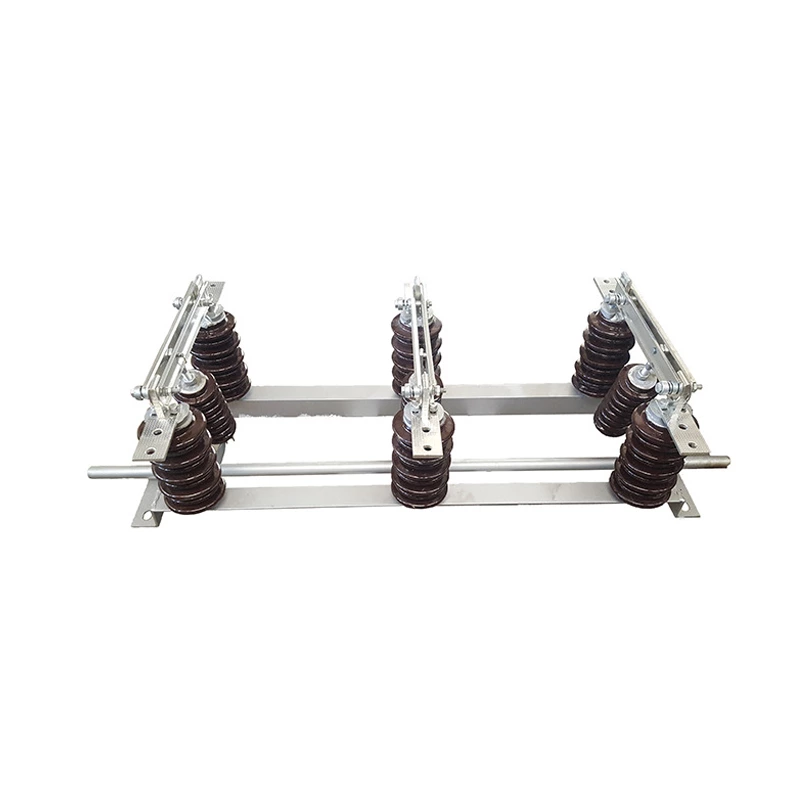Isolation Switch Function
1. After the switch is opened, a reliable insulation gap is established to separate the equipment or line to be repaired from the power supply with an obvious disconnection point to ensure the safety of the maintenance personnel and equipment.
2. Switch the line according to the operation needs.
3. It can be used to separate and close the small current in the line, such as the charging current of the bushing, busbar, connector, short cable, the capacitive current of the switch equalizing capacitor, the circulating current during the double busbar switching, and the excitation current of the voltage transformer.
4. According to the specific conditions of different structural types, it can be used to separate and close the no-load excitation current of a certain capacity transformer.
High Voltage Disconnect Switch is mainly suitable for low-voltage terminal distribution systems such as residential houses and buildings in low-voltage equipment. Main functions: disconnect and connect the line without load.
1. Used to isolate the power supply, disconnect the high-voltage maintenance equipment from the live equipment, so that there is an obvious disconnection point between them.
2. The isolating switch cooperates with the circuit breaker to perform the switching operation according to the needs of the system operation mode to change the system operation wiring mode.
3. Used to connect or disconnect low current circuits.
Generally, a set of isolating switches are installed on the front and back sides of the circuit breaker, the purpose of which is to isolate the circuit breaker from the power supply and form an obvious disconnection point; because the original circuit breaker uses an oil circuit breaker, which needs to be frequently repaired, so there must be obvious disconnection points on both sides to facilitate maintenance; under normal circumstances, the outlet cabinet is powered from the upper busbar through the switch cabinet downward, and a set of isolating switches is required in front of the circuit breaker to isolate it from the power supply, but sometimes, there may be power coming from the back of the circuit breaker, such as reverse transmission through other loops, capacitors and other devices, so a set of isolating switches is also required behind the circuit breaker.
The isolating switch is mainly used to reliably isolate the part of the high-voltage distribution device that needs to be powered off from the live part to ensure the safety of maintenance work. The contacts of the isolating switch are all exposed to the air, with obvious disconnection points. The isolating switch does not have an arc extinguishing device, so it cannot be used to cut off the load current or short-circuit current. Otherwise, under the action of high voltage, a strong arc will be generated at the disconnection point, which is difficult to extinguish by itself, and may even cause arcing (relative to ground or phase-to-phase short circuit), burn equipment, and endanger personal safety. This is the so-called "load-pulling isolating switch" serious accident. The isolating switch can also be used to switch certain circuits to change the operating mode of the system. For example: in a double busbar circuit, the isolating switch can be used to switch the running circuit from one busbar to another busbar. At the same time, it can also be used to operate some small current circuits.

